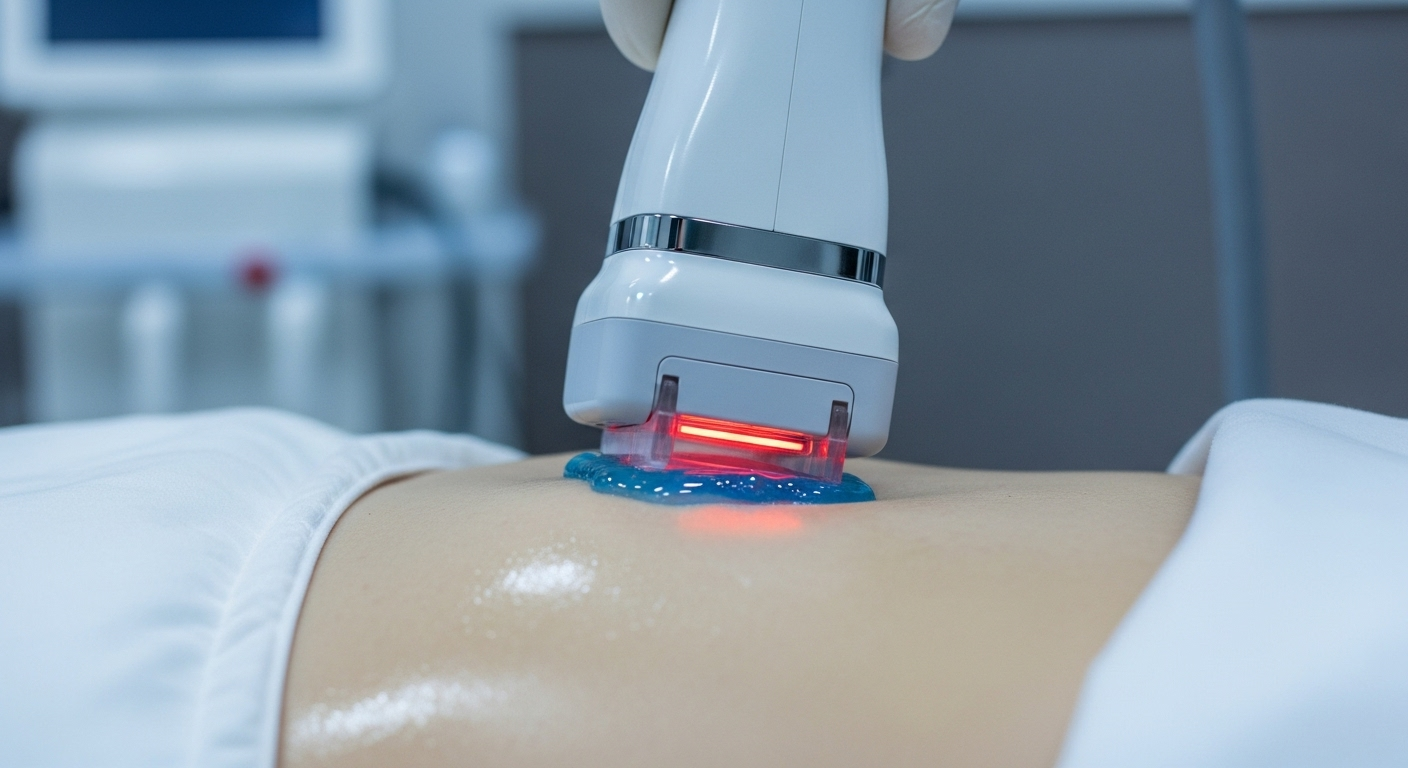Complete Guide to Laser Hair Removal & Smooth Skin
Discover how laser hair removal delivers long-lasting hair reduction by using focused light to disable hair follicles. This in-depth guide explains treatable areas, expected results, preparation steps, possible side effects, and typical costs to help you decide if laser treatment is the right path to smoother, low-maintenance skin.

Laser hair removal is a popular choice for people seeking a longer-lasting alternative to shaving and waxing. By directing concentrated light at hair follicles, lasers can reduce hair growth significantly. Below is an accessible breakdown of what to expect, where it can be used, and practical considerations when thinking about this treatment.
Which body areas can be treated?
One of the strengths of laser hair removal is its adaptability across many regions of the body. Common treatment sites include the face (upper lip, chin, sideburns), underarms, legs, bikini area, chest, back, and shoulders. Smaller areas like the upper lip or chin often take only a few minutes per session, while larger zones such as full legs or the back require more time. Sensitivity varies by location: facial and bikini areas tend to feel more tender than arms or legs. The number of sessions needed also depends on the body part and individual hair growth patterns.
How permanent are the results?
Laser hair removal produces long-term hair reduction but is not guaranteed to be completely permanent for everyone. Many patients enjoy months or years with little to no noticeable regrowth; when hair does return, it usually grows back finer and lighter. Because hair follicles cycle through growth phases at different times, multiple treatments are necessary to target follicles when they are active. Typical maintenance sessions every 6 to 12 months can help preserve the smooth results. Factors that influence durability include genetics, hormonal fluctuations, and the specific area treated.
What risks and side effects should I expect?
Most side effects are temporary and mild. Immediately after treatment some people notice redness, slight swelling, or a sensation similar to a mild sunburn—these symptoms usually subside within hours to a few days. Less commonly, patients may experience blistering, scarring, or changes in skin pigmentation (either lightening or darkening), especially if pre- or post-care instructions aren’t followed or if the treatment isn’t suited to the skin type. To minimize complications, select a licensed provider who uses devices appropriate for your skin tone and hair color.
How to prepare for a session
Good preparation improves both safety and effectiveness. Avoid sun exposure, tanning beds, and self-tanners for at least two weeks before a session, as tanned skin raises the risk of adverse effects. Shave the target area 24–48 hours prior to your appointment; the laser needs the hair shaft present at the follicle but surface hair can interfere with energy delivery, so waxing and plucking should be avoided for several weeks beforehand. Tell your provider about any medications or topical products you are using, since some drugs can increase photosensitivity. On treatment day, arrive with clean skin—no lotions, deodorants, makeup, or perfumed products on the area.
Typical pricing and number of sessions
| Treatment Area | Average Cost per Session | Estimated Number of Sessions |
|---|---|---|
| Upper Lip | $100 - $300 | 4-6 |
| Underarms | $150 - $450 | 6-8 |
| Bikini Line | $200 - $500 | 6-8 |
| Full Legs | $600 - $900 | 6-10 |
| Back | $300 - $800 | 6-8 |
Prices, rates, or cost estimates mentioned in this article are based on the latest available information but may change over time. Independent research is advised before making financial decisions.
Costs vary widely based on clinic location, the experience of the practitioner, the specific laser technology used, and how many sessions you ultimately require. Many clinics offer multi-session packages that reduce the per-session price and can be more cost-effective than paying each appointment separately. When weighing the expense, consider long-term savings compared to recurring costs for waxing, depilatory creams, or frequent shaving.
Choosing a provider and technology
Not all lasers are the same. Different devices perform better on particular skin tones and hair colors. A reputable clinic will assess your skin and hair type, review your medical history, and explain expected outcomes and possible risks. Verify credentials—look for licensed dermatologists, certified laser technicians, or well-reviewed medical spas with trained staff. Don’t hesitate to ask about the make and model of the laser, how many treatments they recommend, and to view before-and-after photos from previous clients.
Aftercare and realistic expectations
After treatment, protect the area from sun exposure and use gentle skin care until any redness or tenderness subsides. Avoid hot baths, intense exercise, and topical irritants for at least 24–48 hours if advised by your provider. Understand that hair shedding over the weeks after a session is normal; it may appear as though hair is still growing, but much of it is being expelled from the follicle.
In summary, laser hair removal can be an efficient route to long-lasting hair reduction and smoother skin if you have realistic expectations, follow preparation and aftercare directions, and select a qualified provider. While not guaranteed to be forever permanent for everyone, it often leads to a significant reduction in hair density and growth rate, reducing the time and money spent on routine removal methods.
This article is for informational purposes only and should not be considered medical advice. Please consult a qualified healthcare professional for personalized guidance and treatment.





